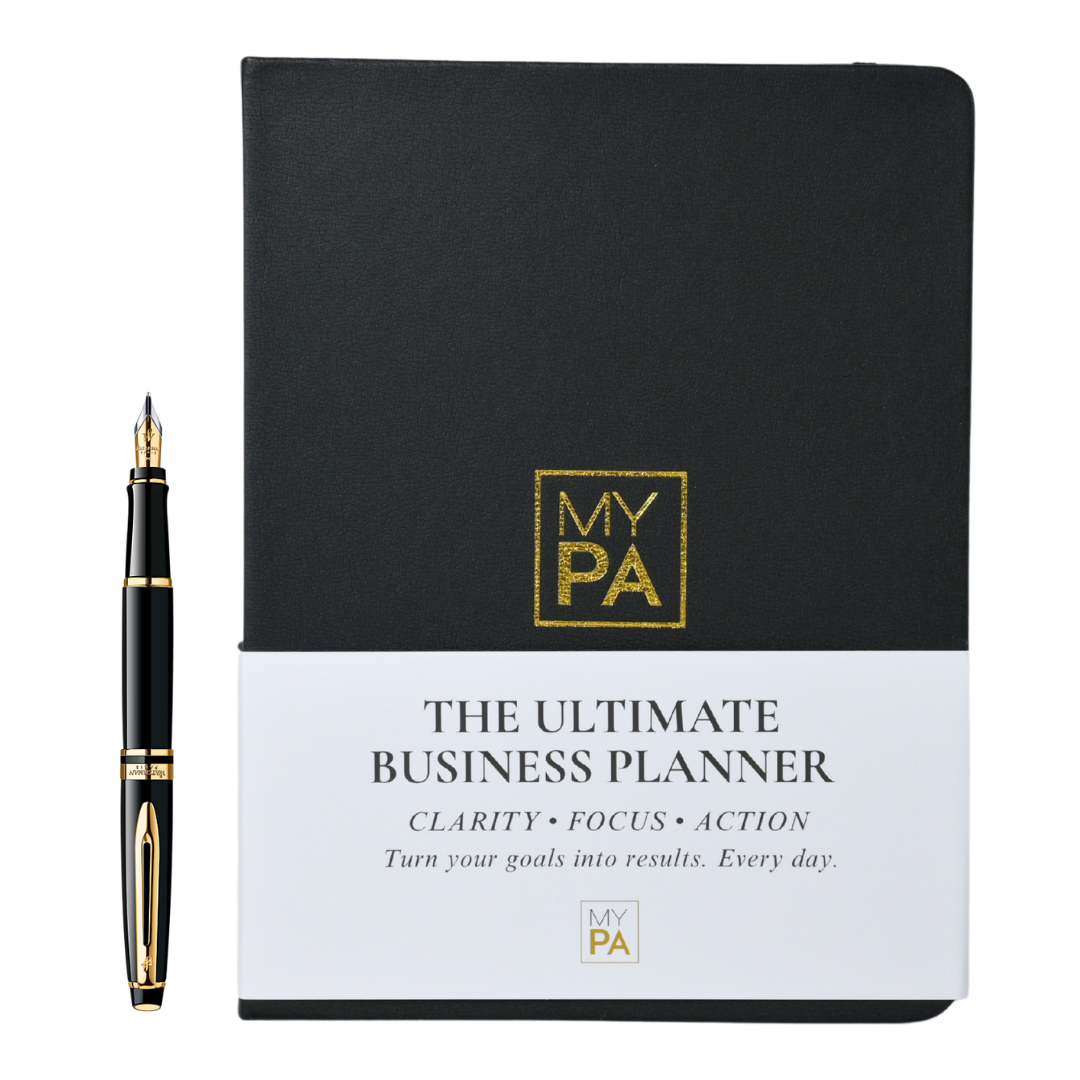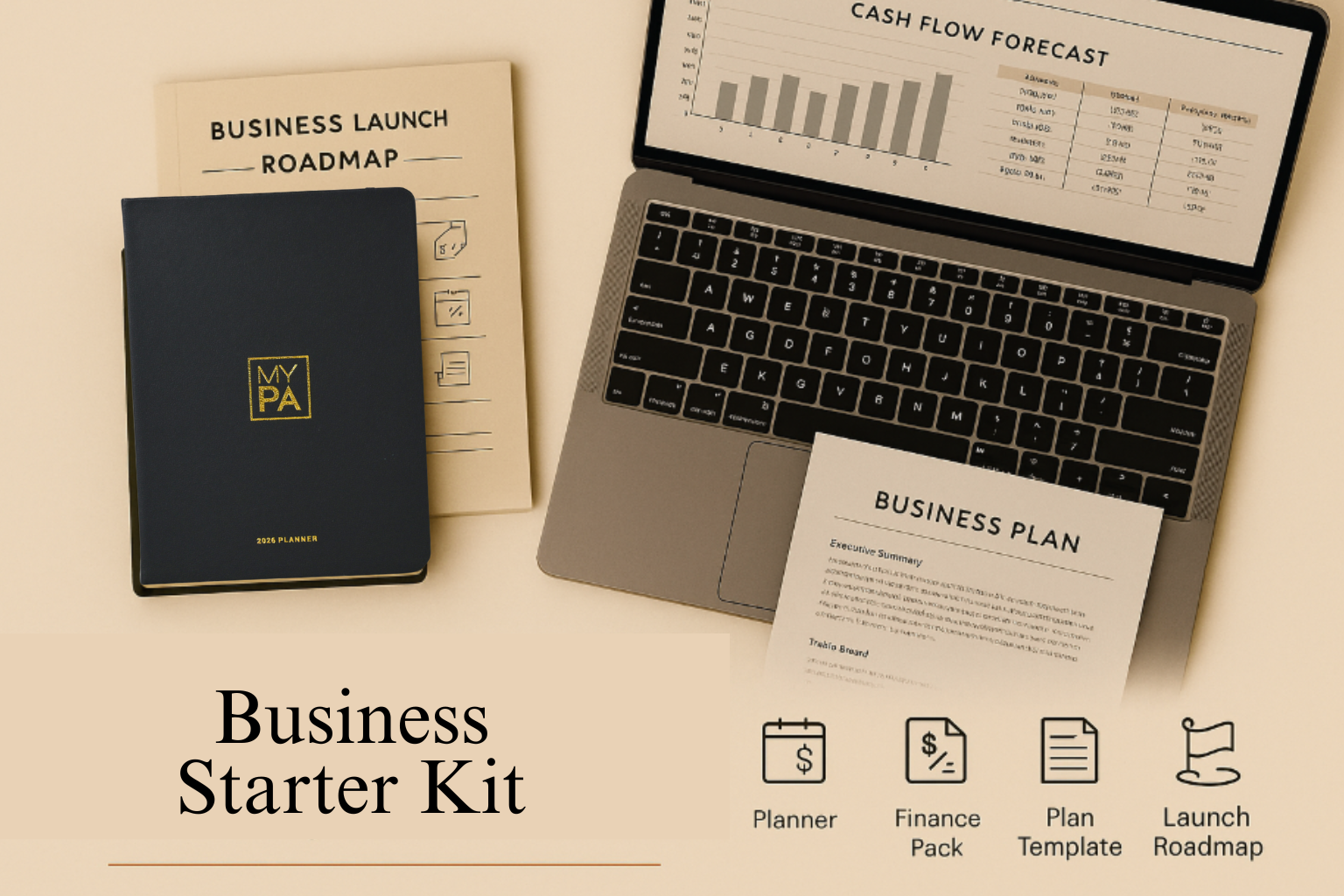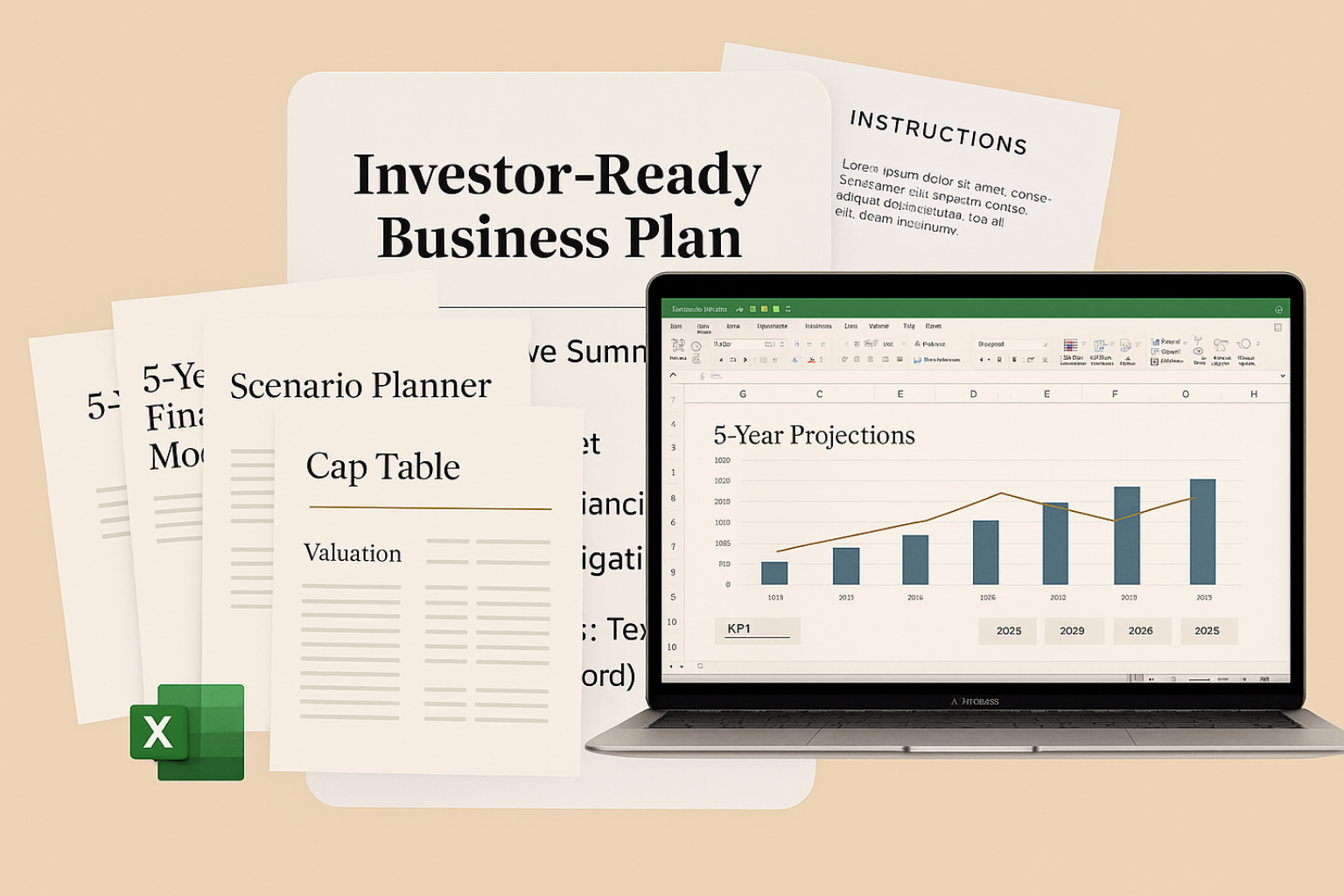Numbers are often the part of business planning that scare people off. Spreadsheets, forecasts, break-even points — it can feel like a different language. But here’s the truth: you don’t need to be a financial expert to write simple, useful business plan financials.
With a few basic steps, you can build a financial picture that helps you make decisions, avoid nasty surprises, and — when the time comes — show investors you’re serious.
Step 1: Translate your plan into revenue drivers
Start by asking: how does money actually come into my business?
For a coach: number of clients × fee per session.
For a product: number of units sold × price per unit.
For a subscription: number of subscribers × monthly fee.
This turns your ideas into measurable numbers.
Step 2: List your costs
Break them into two simple categories:
Fixed costs: rent, software, insurance, salaries.
Variable costs: costs that rise with sales (e.g. product manufacturing, delivery, payment processing).
💡 Tip: Don’t forget to include your own pay — even if it’s small at the start.
Step 3: Work out your margins
Subtract costs from sales to see how much profit you’re keeping.
If you sell a product for £50 and it costs £20 to produce, your gross margin is £30.
This margin needs to cover your fixed costs and still leave profit at the end.
Step 4: Find your break-even point
This is the moment your sales cover all your costs.
Example: if your fixed costs are £2,000 a month and your margin per product is £20, you need to sell 100 products just to break even.
Break-even tells you how much you need to sell before you’re making real money.
Step 5: Forecast your cash flow
Cash flow is simply money in vs. money out each month.
Even if your business is profitable on paper, cash timing matters. For example:
You invoice in January but get paid in March → you still need cash to survive February.
A simple 12-month cash flow forecast helps you see if you’ll have enough to keep going.
Step 6: What investors look for
If you’re raising funding, early-stage investors want to see:
Clarity: your revenue model makes sense.
Margins: you understand how money is made and kept.
Runway: how long you can operate before needing more money.
Scalability: how sales can grow without costs rising too fast.
Keep it simple
Your business plan financials don’t need to be complex — they just need to be clear, logical, and honest. Start small, build the habit of tracking, and add detail as you grow.
Next step: Get the right tools
If you want to skip the setup headaches, the Business Starter Kit includes easy-to-use spreadsheets, financial templates, and a roadmap to help you stay on top of your numbers from day one.
Go further

Need more than a one-pager?
MY PA Business Planner (physical & digital) helps you plan weekly, track goals, and stay accountable.
See the Planner
Ready for the complete system?
The Business Starter Kit bundles the planner with templates, financial tools, and a 30-day roadmap.
Explore the Starter Kit
Raising funding?
Get investor-ready with structured planning, forecasts and checklists. (Investor Kit link set to Starter Kit as requested.)
See Investor Kit

